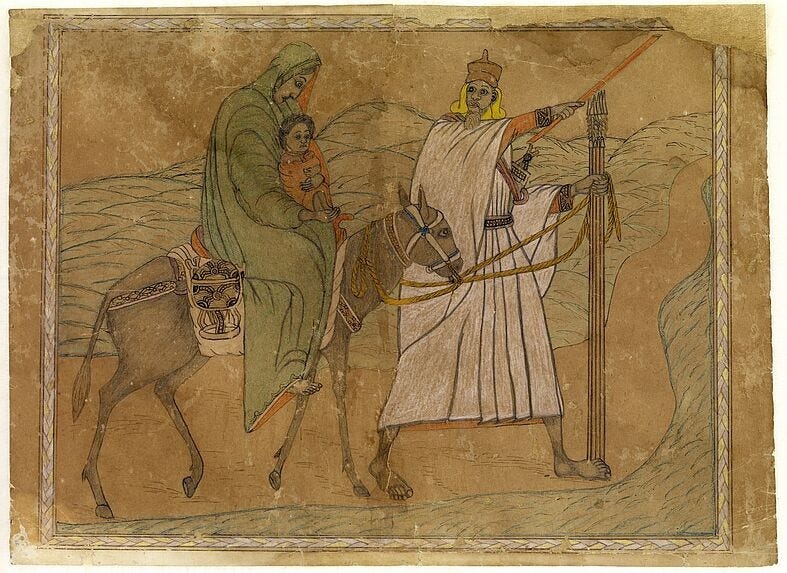a brief note on themes in African art.
Cartography, Culture and History in the artwork of the Bamum kingdom.
Sometime in the early 14th century, a skilled smith in the West African kingdom of Ife sculpted an image of a King's face into a mask of pure copper.1 With its idealized features and naturalistic proportions, the copper mask of King Obalufon of Ife is considered one of the finest pieces of African art and is today one of many examples of African self-representation that informs our image of the continent's past.
The rich heritage of African art represents a comprehensive visual document of the history of its many societies, each with its unique aesthetics and deep-rooted symbolism. The various art traditions that emerged across the continent —such as the famous brass plaques of Benin, the sculptural art of the Kuba kingdom, and the intricately carved ivories of Loango— include specific themes that expressed African concepts of power and religion, as well as depicting daily life in African societies.
copper mask of King Obalufon Alaiyemore and crowned heads from the Wunmonije site of Ife. early 14th century. NCMM, Lagos, and British Museum.
carved ivory tusk depicting scenes of daily life, late 19th century, Loango Kingdom, Gabon. British Museum
While sculptural art features prominently in most African art traditions, several societies also produced painted artworks and drawings on different mediums including on walls, cloth, paper, wood, and pottery. African paintings and drawings primarily consist of mural paintings in buildings and tombs, paintings on canvas and panels, as well as illuminated manuscripts decorated with miniature illustrations and intricate designs.
Ethiopian painting of "The Last Supper", tempera on linen, 18th century, Virginia museum of Fine Arts.
Swahili Qur’an, late 18th to early 19th century, Siyu, Kenya. Fowler Museum.
Many of the oldest forms of African paintings and drawings come from the regions of ancient Nubia and Ethiopia, which produced a vast corpus of murals, canvas and panel paintings, and miniature artwork in manuscripts. However, the production of illuminated manuscripts was more widespread with several examples from East Africa's Swahili coast and most parts of West Africa.
In the West African kingdom of Bamum, the reign of its progressive king Njoya (1887-1933) was the height of the kingdom’s artistic production and innovation that resulted in the creation of some of Africa's most celebrated artworks. The highly skilled artists of Bamum produced maps of their kingdom and capital, drawings of historical events and fables, images of the kingdom's architecture, and illustrations depicting artisans, royals, and daily life in the kingdom.
The artworks of the kingdom of Bamum are the subject of my latest Patreon article,
Please subscribe to read about them in this article where I explore more than 30 drawings preserved in various museums and private collections.
The Flight into Egypt, Bamileke artist, early 20th century, Quai Branly Museum.
Ancient Ife and its masterpieces of African art: transforming glass, copper and terracotta into sculptural symbols of power and ritual
The art of the ancient city of Ife has since its "discovery" in the 19th century, occupied a special position in the corpus of African and global artworks; the sublime beauty, remarkable expressiveness, elegant portraiture, life-size proportions, sheer volume and sophistication of the Ife collection which included many naturalist (realistic) works was…









The Ethiopian depiction of Jesus is very interesting. Probably not far from what he really looked like